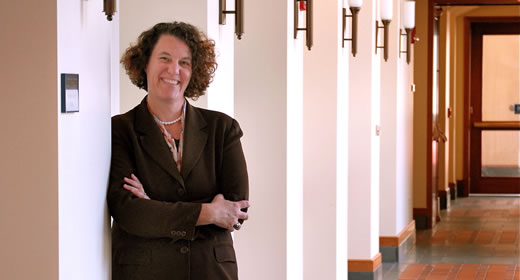
Susan Dynarski’s economic view, “Why talented black and Hispanic students can go undiscovered,” was published in this Sunday's New York Times.
“Public schools are increasingly filled with black and Hispanic students, but the children identified as “gifted” in those schools are overwhelmingly white and Asian,” writes Dynarski.
Some policies and practices, however, do a better job of identifying talented black and Hispanic students and of narrowing racial and ethnic achievement gaps, Dynarski explains. She goes on to describe an effective model used in Broward County, Fla. (the program was discontinued in 2010 due to budget cuts).
“Universal screening, with a standardized process that does not rely on teachers and parents, can reveal talented, disadvantaged children who would otherwise go undiscovered,” writes Dynarski. “Challenging classes for these children can help them to reach their full potential.”
Susan Dynarski is a professor of public policy, education, and economics at the University of Michigan. She is co-founder and co-director of the Ford School’s Education Policy Initiative, which engages in applied, policy-relevant research designed to improve overall educational achievement and outcomes.
More news from the Ford School